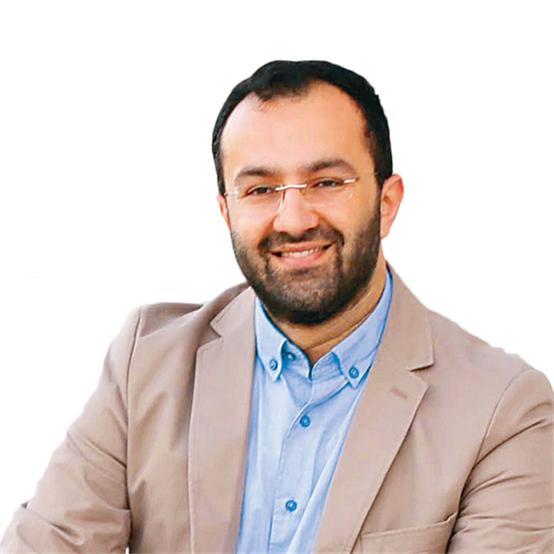My grandfather's late father, Molla Yusuf, was born in 1880. He lived a long life, died in 1973 at the age of 93. He has a rather unusual story. One that shakes me to my core every time I remember it, moves me deeply, and perhaps determines my direction in my subconscious:
Molla Yusuf married a lady named Selvi. Yusuf and Selvi were happily married and had five children: Süleyman, Halil (my grandfather, my father's father), İbrahim, Fatma and Raziye. The family order of our great grandfather, who lived an ordinary life by spending the winter in the Bozyazı district of Mersin and the summer on the Tersakan plateau, was disrupted by World War I that broke out in 1914. As a requirement of the mobilization announced throughout the empire, all men who could carry arms were sent to the front. Officers of the army roamed the cities and towns, enlisting anyone they could identify as soldiers. Mullah Yusuf, a 34-year-old married man, was also among those recruited. While the troops were being sent to different fronts, Jerusalem fell to Molla Yusuf in a "twist of fate" in the truest sense of the word.
Some time after he went to the front, Mollah Yusuf was bedridden due to an epidemic - possibly cholera. Debilitated, he spent six months at a field hospital established by the Germans in Jerusalem. At that time, since the empire suffered defeats on various fronts, the care of thousands of soldiers lying behind the front due to the epidemic was a great burden. Thereupon, it was decided to discharge every soldier who was able to walk. The late Molla Yusuf was deemed “healthy” after taking a few steps in front of the battalion doctor and was discharged.
The year must have been 1916. After leaving Jerusalem, Mollah Yusuf arrived in Hatay after crossing through Palestine, Lebanon and Syria; He managed to reach his hometown via Adana and Mersin. Considering the tens of thousands of poor Anatolian sons whose graves are not known today and who could not return during the mobilization, it is a great blessing. When we take into account the many difficulties such as food and drink, shelter and road safety in war conditions, his return can even be considered a miracle. It is impossible to describe in words the degree of joy he felt when he knocked on the door of his house after months of walking.
After a short and relative calm in the Mersin highlands, with the end of the First World War, they recruited Molla Yusuf again during the War of Independence. This time our grandfather was sent to the Sakarya Field Battle. He personally participated in the conflicts, was seriously injured, wandered on the edge of death. By the irony of fate, he managed to survive this war as well. As the Republic was established and a new era began in Türkiye, Molla Yusuf had already returned to her quiet life in Bozyazı and Tersakan.
Of course, I couldn't catch up with him, but as long as I know myself, his memories always color mine. He even asked me, "How did your interest in Islamic geography begin?" I respond to those who ask, by describing Molla Yusuf's adventure in Jerusalem and what he went through afterward, and I add: "My story began before I was born."
I am reminded of our late great-grandfather, thanks to Falih Rıfkı Atay's famous book "Mount of Olives":
Over the weekend, as I was preparing for my trip to Jerusalem, which started yesterday, I took it up after many years and read it again. Who knows how many generations were driven away from the Muslim world by the vulgar expressions and hostile depictions of Arabs, and condescending comments about the Ottoman Empire's Middle East, in this "cult" book, which is one of the main texts that shaped the perceptions of the secular elites of modern Türkiye when it comes to the Islamic world? Who knows how many generations have made the Mount of Olives a bedside book, arguing in favor of the "nation" against the notion of "ummah", and emphasizing that they were now "citizens" by getting out of "servitude"?
Falih Rıfkı uses the term "western theater" when describing Jerusalem seen from his window on the Mount of Olives. His Jerusalem is tantamount to misery, betrayal, and chaos. For Falih Rıfkı, Medina is “an Asian market where people constantly rob visitors”. It is obvious that these depictions are not just interpretations and observations, but rather reflect a worldview.
As for me, I vote for the Jerusalem of my great grandfather Molla Yusuf. We are in favor of Jerusalem, which symbolizes all the suffering, which has been faced with many setbacks and defeats, yet has lost nothing of its majesty and beauty…
For me, the answer to the question I asked in the title is: The Jerusalem of Omars, Salahaddins, Yavuz Sultan Selims...




















